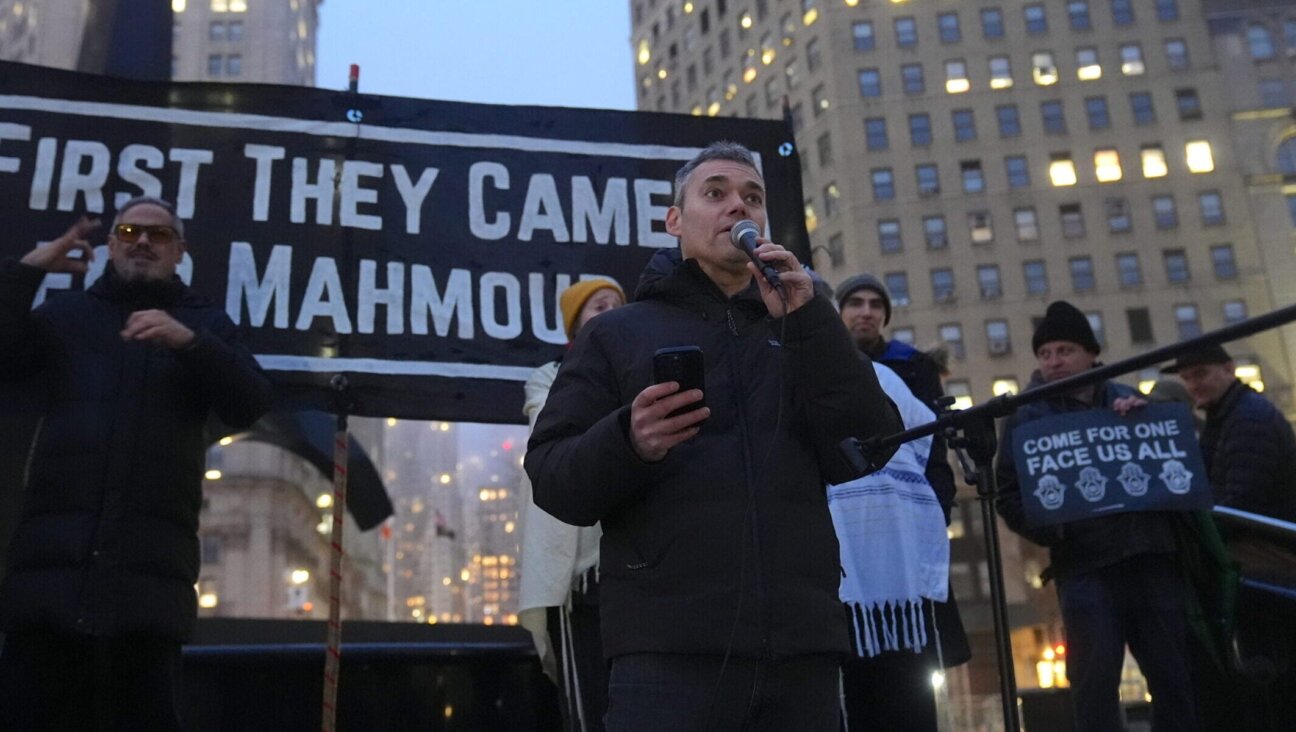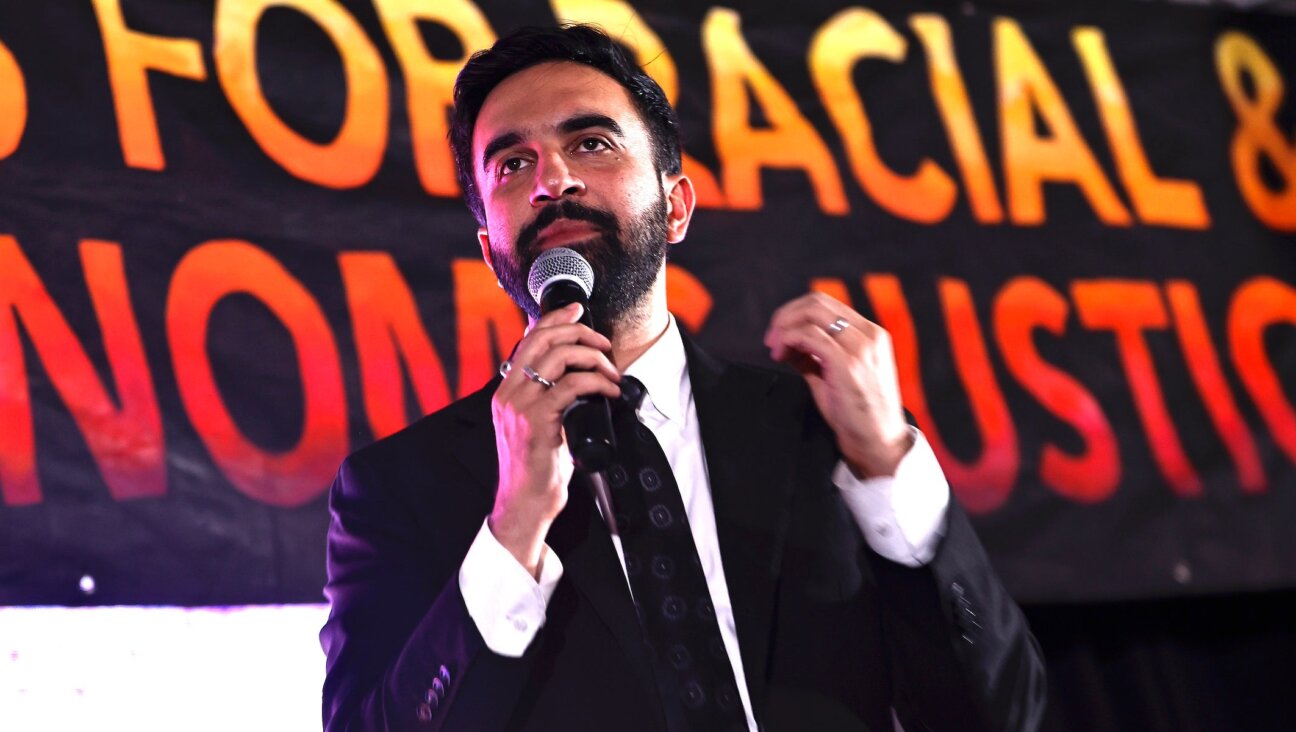A Look Inside My Grandparents’ Idyllic Bungalow Colony

Image by Courtesy Jacob Frommer
On a hot, bright day in the summer of 1981, my grandparents stood with Bud Seif at the entrance to Hillside, the bungalow colony Bud built 30 years before. Located in Dutchess County, just over an hour outside of New York City, Hillside and its 50 bungalows sit on a dirt road off the Taconic Parkway. ”So, what does Hillside offer that others don’t,” asks my grandfather. “Well,” says Bud, turning to walk up the gravel path, “we have a pool, a lake, a baseball diamond, two basketball courts, two tennis courts, four racquetball courts and Shabbat minyan. Daily, if we can get it.”
Over the next hour, all three walk the grounds, about ten acres, and discuss the amenities and history of Hillside as well as their mutual connections. It turns out, Bud’s son Heshe and my grandfather had played in a golf foursome just the other week. Despite the cracks in the courts, the faded paint on the bungalows and the one water fountain shaking in the summer heat, Bud is proud of his creation. The tour ends at my grandparents’ future bungalow. It sits at the end of a long, loose string of white bungalows all piped in chocolate brown paint, roughly 600 square feet each. Having sat vacant for a few seasons, the bungalow is weathered. An old leak has burrowed a hole in the bathroom floor and the walls are water stained. After a few minutes of inspection Bud motions them outside. “Let’s have some ice cream,” he says.

Image by Courtesy Jacob Frommer
They cross the center field and sit at a picnic table under a large oak outside of the playhouse-cum-shul. Bud’s wife Linda brings ice cream and the two couples discuss what was weighing most on my grandparents’ minds. My grandmother initiates the probe. “Is everyone frum? Do you close the gate on Shabbat? Is the pool open? Is there a dress code?” They had visited other bungalow colonies, all of which were too religious for them. They are Modern Orthodox Jews who occasionally eat a tuna sandwich at a diner or flip a light switch on the Sabbath. “We are a Sabbath observant community,” says Bud. “We have minyan every weekend and we host a kiddush on the main lawn after shul. Beyond that, it’s every bungalow for themselves.”
Unsatisfied, my grandmother peppers him with more questions. But before she can finish her barrage, Bud puts his hands up and flashes a big, relaxed smile. “Act like a mentsch and you’ll fit in just fine,” he says.
My siblings and I spent weeks of every summer at Hillside. We learned how to swing a golf club on the overgrown baseball diamond and how to swim in the bleach white pool. On Friday nights, after dinner, the four of us would stroll the stone path that linked all of the bungalows, peeking into our neighbors’ nights. Zemirot drifted from some windows while the blue mosquito buzz of a television came from others. When we asked our parents about the blue houses, as we called them, they explained that despite watching television on Shabbat, those families were Jewish. This didn’t satisfy our curiosity and we still thought of the blue houses as alien, but, looking back, the blue houses and the subsequent explanation given by my parents, far more in depth than the one just recounted, were a powerful first step toward tolerance and understanding.
On Shabbat morning we attended shul followed by a potluck kiddush on the center field. Jews of all stripes brought food from their homes. We ate as a community without concern as to the food’s preparation. Down the hill, kids from all types of Jewish families played on scooters, rode bicycles and tugged at their tzitzit as they threw basketballs from their hips up toward the rim. After kiddush, the pool filled with children, some only allowed up to their ankles while others splashed in the deep end. Parents would sit with each other around card tables, some dressed in bikinis, others in t shirts and still others in floor length skirts. A well attended learning session was held before minchah.
By following Bud’s deceptively complex instruction to act like a mentsch, Hillside has stayed a quickly vanishing path of tolerance and inclusivity. When the more observant tenants introduce new stringencies or the less observant ask for more leeway, the old guard and their progeny politely decline in favor of the current system, a system that has kept generations of residents comfortable, respectful and eager to come back every summer.
The story goes that my grandparents agreed to purchase their bungalow before they got up from their ice cream. It cost $10,000. I recently asked them how much they would sell their bungalow for today. “$100,000,” they said without hesitation. “At least,” added my grandmother. It seems the rarity of such a community comes at a well earned price.
Correction, October 17, 5:40 p.m.: An earlier version of this article stated that the Bungalow colony was located in Sullivan County. In fact, it is located in Dutchess County.

















